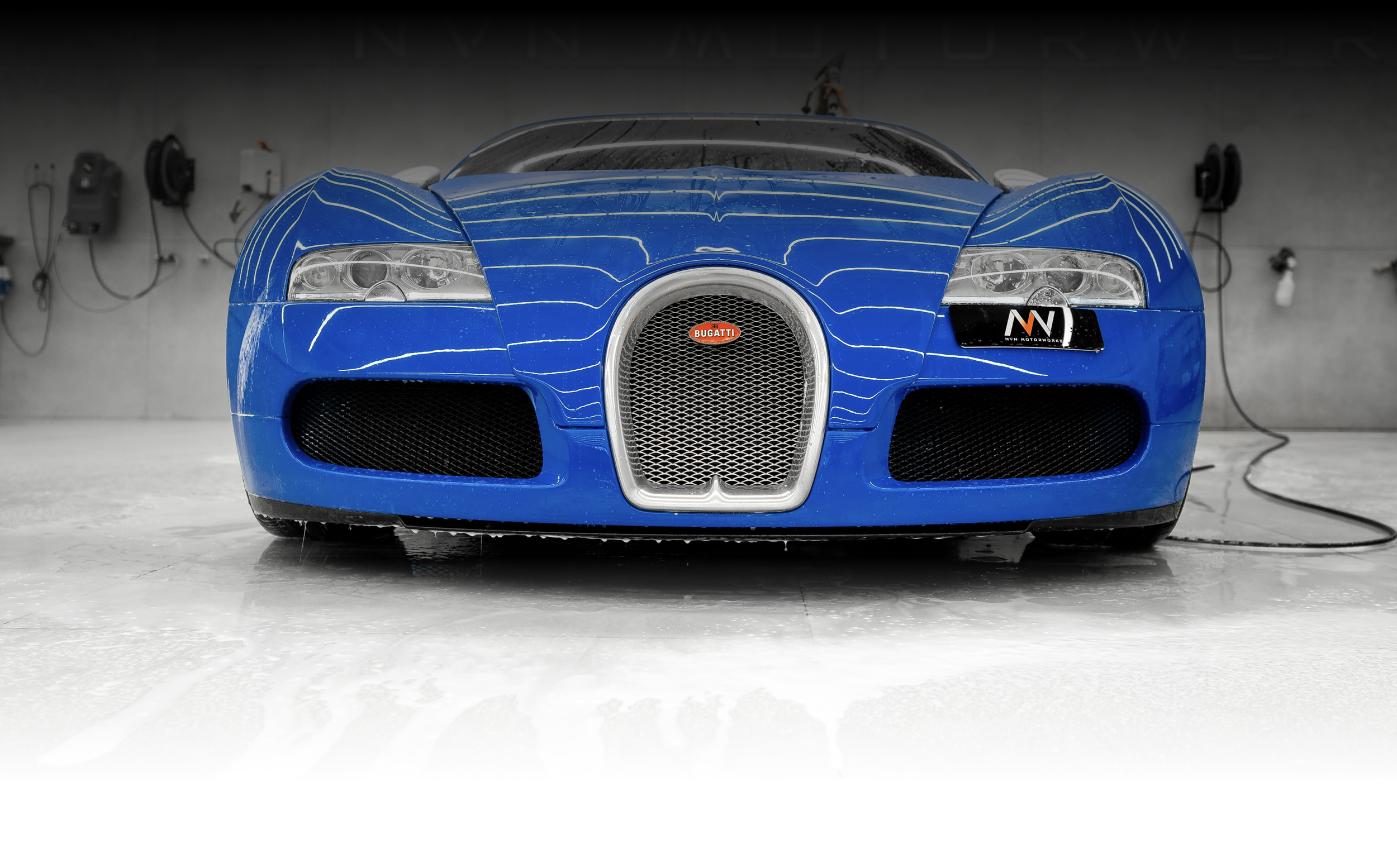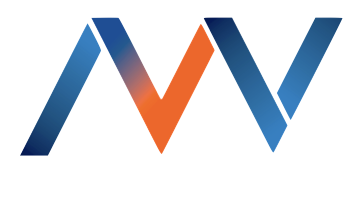We get a lot of questions about our services, so we’ve tried to compile some of the most frequent asked questions here. If you still have a question, do not hesitate to contact us.

-
Paint protection film (PPF) is a thermoplastic urethane film applied to painted surfaces of automobiles in order to protect the paint from stone chips, bug splatters, and minor abrasions.
-
Protects The Surface Of Your Vehicle From Wear And Tear.
Most defects, scratches and abrasions on the surface of your car generally occur from use.
As an example damage from UV sunlight, dirt, accidental scratching, swirl marks from regular cleaning, airborne contaminants, etching from dead bugs and bird droppings are all inevitable occurrences that will undoubtedly affect the condition of your car’s paintwork.
Paint Protection Film helps safeguard against the wear and tear of using your vehicle by providing an extra layer of protection against these unavoidable harmful elements.
Enhances The Appearance Of Your Vehicle And Makes It Easier To Maintain.
Paint Protection Film adds a polished and sleek look to your vehicle that results in a flawless, high-gloss finish with a hydrophobic surface (repels dirt and water).
This means your car is much easier to keep clean and looking prestine on an ongoing basis — because dirt particles won’t be able to adhere to the surface of your vehicle’s original paintwork.
Preserves The Pristine Condition Of Your Car’s Original Paintwork.
Originality holds great value in the market.
-
The major brands of PPF include software that essentially produces a PPF template for each panel that needs to be wrapped. The PPF role is fed into a plotter and the resultant panels are ready to be applied to the car.
The benefit of precut is that there are no blades or knives taken to a car, which in turn prevents any accidental cuts to the cars original paintwork.
-
In our opinion, the 3 most popular premium brands on the market are:
Xpel
Suntek
Llumar
Different brands have varying popularity across regions due to factors such as distribution capabilities. A seasoned quality installer would typically only use a film that’s equally of a good quality. So, our advice to any interested party is to focus on the installation.
-
The full PPF process takes around 5-6 working days, this includes preparing the car, paint correction, PPF application, curing and final inspection.
-
Although any sop is fine to wash your car with, we would recommend hand wash only. Washing your car in an automatic car wash or ‘waterless’ washing could result in your car being cleaned with dirty cloths, therefore, causing damage to the PPF and it’s self healing layer.
-
We ask our clients to come back after 1 month for a check up after PPF application to check curing has properly taken place. After this time, there is no need for a yearly check up/maintenance etc, but if you have any concerns with your PPF we are always happy to check it out.
-
Yes! In fact most of our clients opt for this as it really helps give a hydrophobic effect for easier cleaning. We also offer ceramic coating for interior, glass and rims.
-
In short, the answer is: NO.
A high-quality final product is the result of several input variables
The quality of the paint preparation stage, this is turn can be further broken down into time spent on paint preparation and the experience of the detailing team
The quality and experience of the installation team. Good experienced PPF installers are in scarce supply globally and is the most important variable in the quality equation
The quality of the facility. PPF needs to be applied under ideal controlled temperatures in a clinically clean environment i.e. free of any dust particles that could settle on a prepared paint surface whilst installing PPF.
-
Even if a car is brand new and straight from a dealership there will be some small scratches/swirl marks present on the paint. Our PPF application process will improve it and add a protective layer of self healing film to your new car. This also make your new car look new a lot longer, hence keeping the value of your car high, and an eventual resale price high as well.
-
This depends totally on your car and a number of factors – we can give you more of an idea of this if you can bring your car to us look at in our studio.
-
We use a CNC-cutting technology meaning there is no need to remove any badges or panels on your car.
-
Yes we do. Please get in touch for further details.
-
Our philosophy is to make the PPF installation process as non-intrusive as possible. As such we do not remove any body panels including items like bumpers, door mirrors, door handles and head lights.
Our templates are usually customized internally to extend to as close to the edge of the panels as possible. This ensures maximum panel coverage and protection while avoiding unsightly PPF seam lines.
Advantages of removing panels to install PPF is that there is greater coverage and few visible seam lines. However, the disadvantages are as follows…
PPF not sticking to the wrapped edges, causing what is known as “lifting” in the industry.
Most owners are not comfortable with their new car being disassembled.
Dismantling and reassembling a car with the inherent risks of clips breaking, panel alignment issues etc.
The type of PPF needed to hold around the edges of body panels needs a stronger bonding agent, this makes the film difficult to remove.
-
Most - if not all - PPF manufacturers guarantee their product against ‘yellowing’. Although infrequent we have witnessed some discolouring especially noticeable on white paint. This has occurred in Dubai and is probably a function of the intense year round heat and storing/wash conditions the car is subjected to. In all instances the manufacturer has stood behind their warranty and we’ve replaced the impacted areas as part of our commitment to the client.

